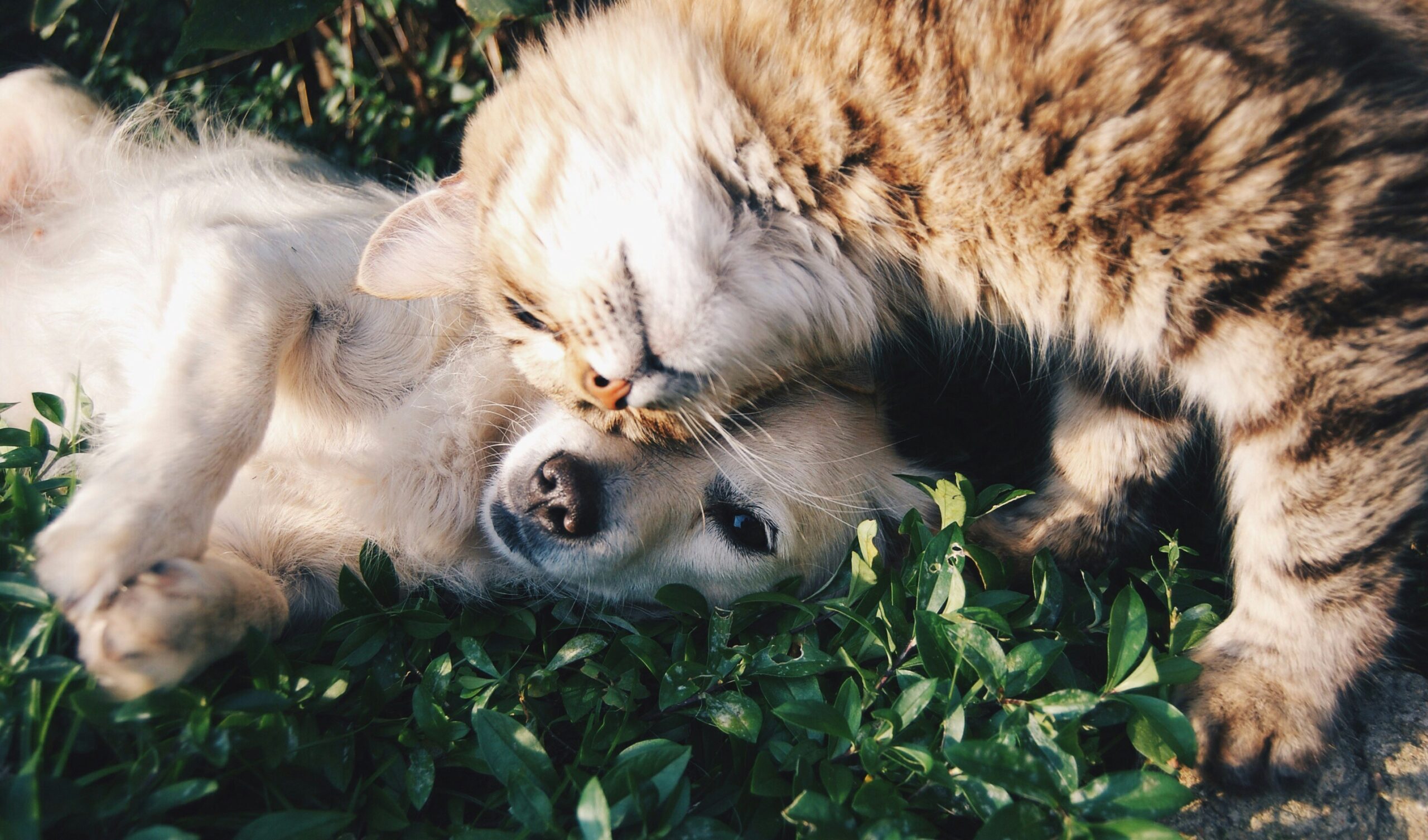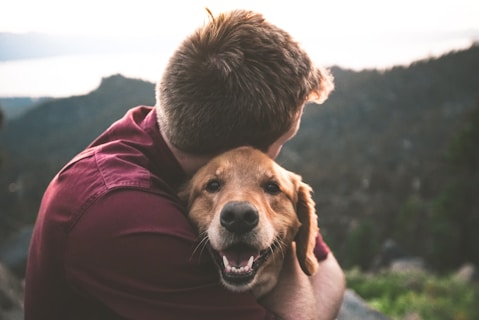Bringing a new dog home is a thrilling moment—but it also marks the start of a crucial adjustment period for both of you. The first 30 days lay the foundation for your relationship and set the tone for your dog’s behavior and comfort in their new environment. Understanding what to expect and how to support your dog during this time will help build trust, reduce anxiety, and create a happy, lasting bond.
Why the First Month Matters
Dogs experience a new home much like humans do—a mix of excitement, curiosity, and uncertainty. Even if your dog is outgoing and friendly, the unfamiliar sights, sounds, smells, and people can be overwhelming. Puppies may need to adjust to house rules and training, while adult dogs, especially rescues, might carry fears or habits from their past.
Taking it slow, maintaining patience, and setting consistent routines are key to helping your dog feel safe and confident.
Week 1: Decompression and Exploration
This is the “getting-to-know-you” phase.
- Create a calm environment: Keep noise and visitors low. Give your dog quiet spaces to retreat when overwhelmed.
- Establish a routine: Dogs find comfort in predictability. Feed, walk, and potty your dog at consistent times.
- Limit the space: Instead of letting your dog roam the entire house, start with one or two rooms. Gradually expand access as they settle.
- Observe behavior: Watch for signs of stress, such as pacing, whining, or hiding. Offer comfort but avoid overwhelming your dog with too much attention.
- Gentle introductions: Introduce family members and other pets slowly and in controlled settings.
Week 2–3: Bonding and Basic Training
As your dog gains confidence, it’s time to build your relationship and start teaching house rules.
- Positive reinforcement training: Use treats, praise, and toys to reward desired behaviors like sitting, coming when called, and walking on a leash.
- Potty training: If you have a puppy or a dog still learning, stay consistent with bathroom breaks and celebrate successes.
- Socialization: Begin exposing your dog to new experiences—different people, sounds, and environments—at a comfortable pace.
- Handling and grooming: Get your dog used to being brushed, having their paws touched, and wearing a collar or harness.
- Recognize triggers: Identify anything that frightens or overstimulates your dog, and work to desensitize them gradually.
Week 4: Settling In and Looking Ahead
By the fourth week, your dog should start to feel more at home.
- Increase freedom: Expand your dog’s access to different areas of your home.
- Strengthen training: Practice commands regularly and consider enrolling in a formal obedience class.
- Address behavior challenges: If unwanted behaviors persist (barking, chewing, anxiety), seek advice from a trainer or behaviorist.
- Health check: Schedule a veterinary visit if you haven’t already. Keep vaccinations and parasite prevention up to date.
- Plan for the future: Think about your dog’s exercise, mental stimulation, and social needs long term.
Common Challenges and How to Handle Them
- Separation anxiety: Your dog may whine or get destructive when left alone. Start with short absences and gradually increase time apart.
- Chewing: Provide plenty of appropriate chew toys, and redirect from household items.
- Fearfulness: Never force your dog into scary situations. Use patience and rewards to build confidence.
- House-soiling: Consistent potty breaks and crate training help build good habits.
Tips for a Successful Transition
- Patience is paramount: Remember, your dog is adjusting to a whole new world.
- Celebrate small wins: Every successful walk, calm moment, or new command learned is progress.
- Stay consistent: Everyone in the household should follow the same rules and routines.
- Ask for help: Don’t hesitate to reach out to vets, trainers, or rescue groups for guidance.




